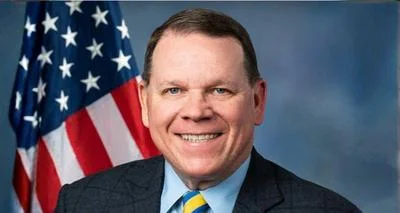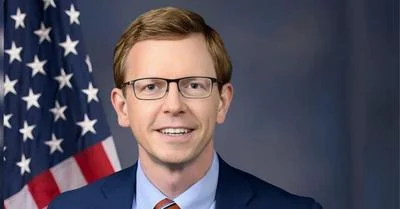Human Resources Subcommittee Hearing on Increasing Adoptions from Foster Care
Committee on Ways and MeansWe all want to find permanent loving homes for children who are placed in the foster care system, and we have some progress upon which to build.
Our federal Adoption Incentives program, which provides financial awards to States that increase the number of children adopted out of foster care above a certain baseline, is an important part of this effort. These awards are due to expire at the end of September, and I am hopeful that we can work to reauthorize this program.
Under adoption incentives, States become eligible for awards if they increase the number of: total adoptions; children over age 9 that are adopted; and the adoption of children with special needs. If sufficient funding is available, States also are granted awards for increasing the rate of adoption out of foster care.
The goal of the Adoption Incentives program is to incentivize States to increase adoptions out of foster care and to quickly move children, who are unable to return to their parents, to a permanent home. States must reinvest those payments back into services - such as post adoption services - for children and families that are generally provided under the child welfare system.
$43 million a year is available in the program through the end of FY 2013. Since the program was created, more than $375 million has been awarded and every State has earned some funding.
In FY 2011, Texas received nearly $7 million in Adoption Incentives, the largest amount earned by any State. San Antonio has been viewed as a particular model of success for adoption. Bexar County has been creative in safely moving children into permanent homes. Each month the county hosts an adoption day event that allows dozens of families to complete their adoptions in a single day.
These proceedings have allowed countless children to have shorter stays in foster care and move more quickly into stable homes with a new family that they can call their own.
Judges in Bexar County understand that they are responsible for getting children who experience abuse and neglect into a safe foster environment AND responsible for placing that child with a permanent family if it does not become safe for that child to return home.
These improvements to the local adoption system, encouraged and utilized by local child advocates like District Judge Peter Sakai -who has been a leader in this area for well over a decade- and CASA San Antonio have allowed faster and more efficient placement of foster youth into permanent families.
We will soon hear from Nicole Dobbins who will discuss concerns she has about the lack of clarity regarding how States use these award payments. While some are using the awards to promote adoption and support newly adopted families, it’s important that these funds aren’t simply used to supplant money that would otherwise be spent on adoption activities. The inclusion of a maintenance-of-effort requirement as part of reauthorization could help ensure that these funds are used to improve child welfare in the States.
I welcome the opportunity to discuss how we can continue to increase adoptions for children in foster care, but a good first step would be to avoid cuts in adoption programs that are set to occur within a few days under the sequester.
Cutting funding for this program could mean less funding for post-adoption services for families that have adopted a foster child, or less funding to recruit adoptive homes through online adoption exchanges and promotional materials, or less support for training adoption workers.
Another issue that deserves our attention is the Family Connection Grants program which is also scheduled to expire at the end of September.
This program provides $15 million each year in grant funding to State agencies and community organizations that support activities that connect - or reconnect - children with their biological relatives when it is safe and appropriate to do so.
This small program is fairly new and preliminary results show that it has the potential to have a positive impact in improving the lives of at-risk children.
I look forward to hearing from today’s witnesses and working with all of my colleagues to continue to improve the well-being of all children in foster care.








